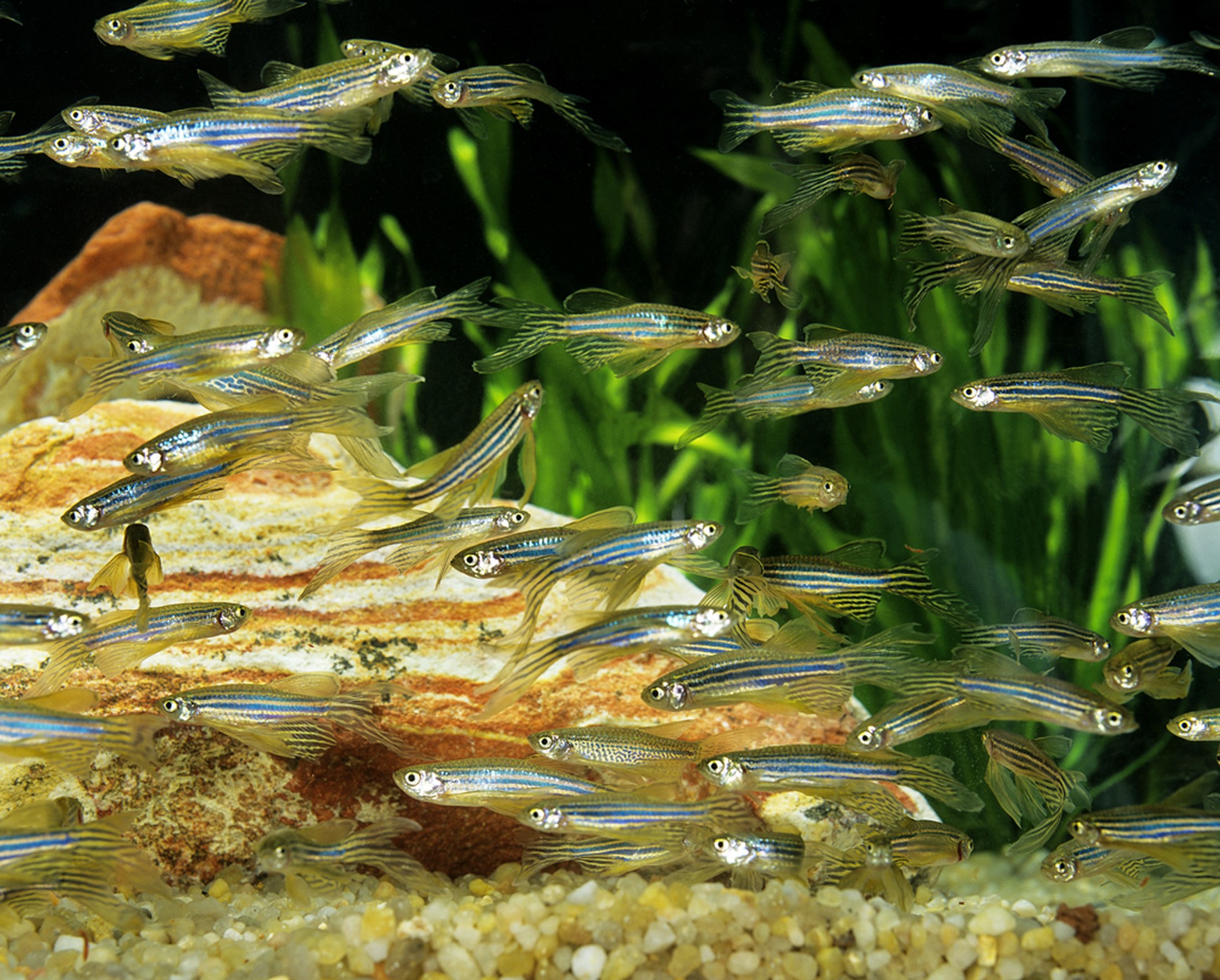
By Brigitte Rodriguez, Publishing Associate: Researcher & Writer for Save The Water™ | May 09, 2024
Water is essential to the conservation of ecosystems and living organisms. It also enables the growth and development of society. However, we are faced with water pollution. Researchers are working on different treatments to purify water and make it safe for human consumption. Recently, a lethal contaminant that affects fish and the aquatic ecosystem has been detected.
Dihalogenated nitrophenols(2,6-DHNPs) are aromatic by-products of disinfection. This contaminant has been detected in sewage effluent, swimming pools, and drinking water. Moreover, it is a potent toxicant and a risk to the aquatic ecosystem and human health.
This lethal pollutant affects aquatic organisms such as fish, algae, and corals. Some of the effects of 2,6-DHNPs on the aquatic system are:
Recent research shows that the 2,6-DHNPs exhibit 248 times more lethal toxicity than regulated disinfection byproducts. In addition, sublethal concentrations in living organisms cause apoptosis (cell death) and generate cardiac problems in zebrafish.
One of the most worrying aspects is their capacity to accumulate in the tissues of aquatic organisms. Over time, these contaminants can reach the top of the food chain. This represents a serious risk to human health, as these contaminants can pollute our food.
2,6-DHNPs represent a threat to public health as well. The contaminant is highly toxic and difficult to remove. This puts human health and drinking water safety at risk. Humans could be exposed to or ingest high concentrations of contaminated hydrobiological products. This compromises the food chain and food safety.
Several innovative technologies are currently available to remove 2,6-DHNPs from water resources:
2,6-DHNPs resist traditional water purification methods, such as boiling and filtration. Thus, there’s an urgent need to develop more advanced technologies to remove these contaminants. Doing so will protect public health and the planet’s aquatic ecosystem.